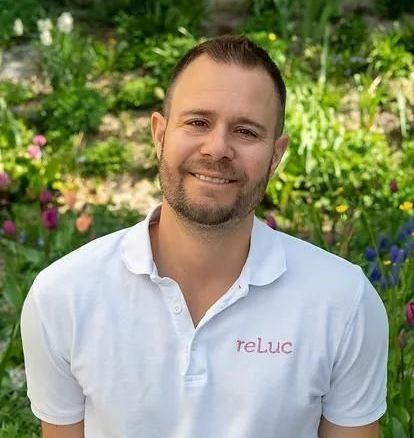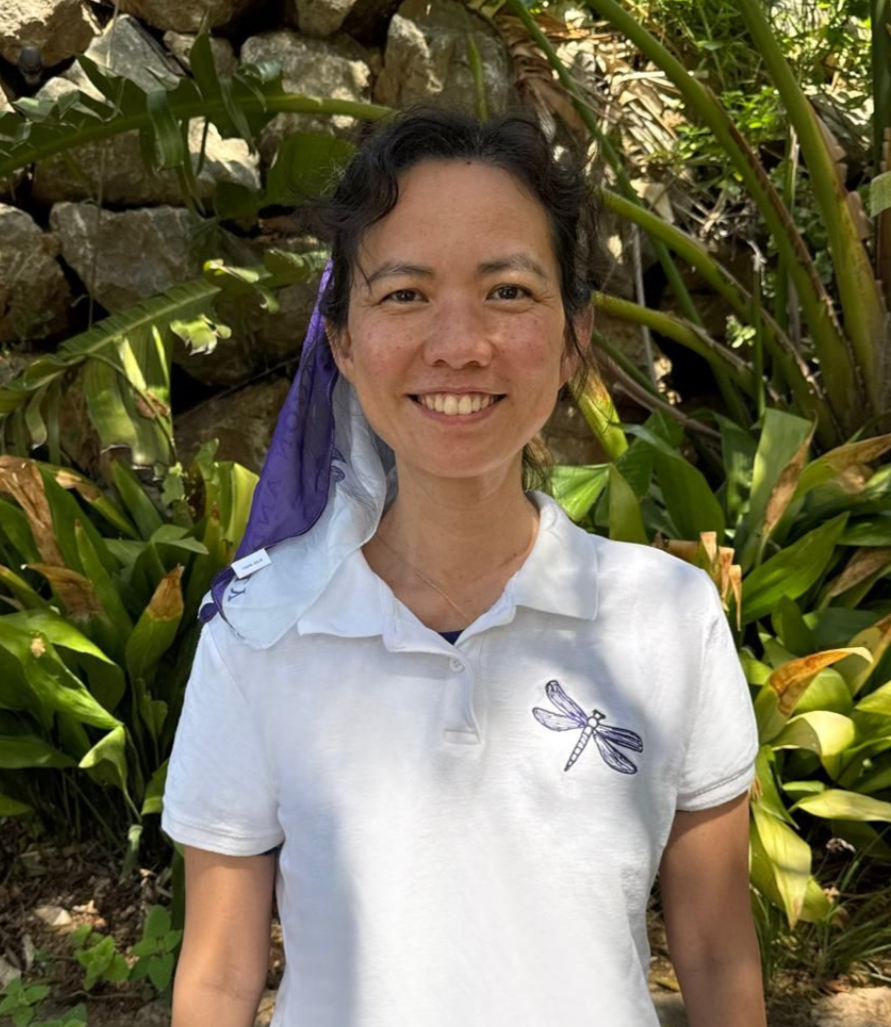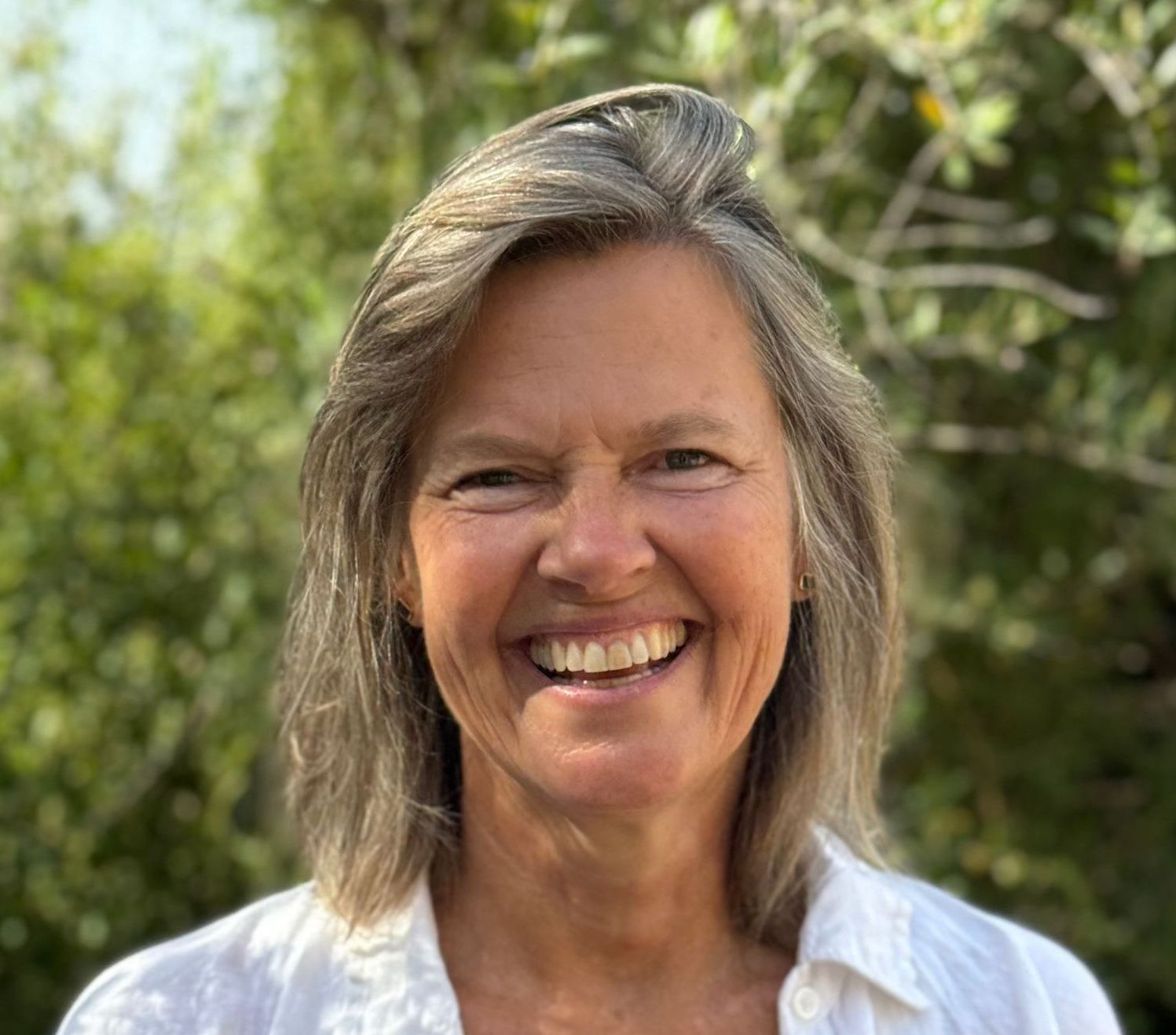Resilience: Our innate capacity – and how to use somatic practices to grow it
María is a Spanish somatic coach and therapist with over twenty years' experience creating spaces of transformation. She holds degrees in Music Performance and Psychology.
Resilience: Our innate capacity — and how to use somatic practices to grow it
We are resilient. You are resilient.
Building resilience with somatic practices is one of the most powerful ways to support your wellbeing. Resilience isn’t something we either have or don’t have — it’s something all humans are born with, and it’s something we can strengthen over time.
What
is resilience, really?
Most of us think of resilience as the ability to “bounce back” after difficult situations. From a somatic perspective, though, resilience is more than recovery.
It’s the ability to shift from a state of activation or stress back into regulation — to stay present with our sensations, emotions, and thoughts while feeling safe, grounded, and connected to others.
“Resilience is not about pushing through and pretending I’m ok —
it’s about staying connected to myself and others, even when things get difficult.”
María Lopez
Resilience vs. survival strategies
When “I’m ok, I can do it” becomes a survival strategy
It’s easy to confuse resilience with survival strategies. They’re not the same thing.
For a long time, one of my favorite lines was, “I’m ok. I can do it.” I would say it to myself whenever life got tough — and it worked. At least, that’s what I thought. It helped me push through hard moments, keep going, and get things done.
The hidden cost of survival mode
Looking back, I realize that what I was practicing wasn’t always resilience — it was a survival strategy. I was bypassing my emotions, pretending I was fine, and powering forward without giving myself the space to feel or process what was happening.
Not only was I disconnected from parts of myself in those moments — I was also disconnected from others. I withdrew. I longed for help, but didn’t allow myself to ask for it or receive it. My walls kept me “strong” on the outside, but they also kept me isolated.
From survival to connection through somatic work
Through somatic work and consistent somatic practices, I have increased my capacity to hold the present experience. I’ve learned to ask for help — and to feel more comfortable receiving it. Today, I feel more connected to myself and to the people who matter most to me. The work is ongoing, but every step brings me closer to living from a place of resilience rather than survival.
The key difference between resilience and survival
Survival strategies have value — they help us function when emotions are too overwhelming to process in the moment. However, they leave us disconnected, from ourselves and others. Resilience, on the other hand, is different. It’s about staying connected to ourselves and our environment, feeling what’s present, and still holding onto a sense of safety and possibility.
The good news: We can cultivate resilience
As humans, we carry the seeds of resilience within us. And like any seed, it can grow when nurtured.
Building resilience is about reminding our bodies of what resilience feels like. The more we intentionally practice it, the easier it becomes to access in challenging times.
Research and somatic wisdom suggest powerful ways to grow resilience:
- Spending time in nature — connecting with rhythms and grounding of the natural world.
- Engaging in creativity — art, dance, and music as ways to process emotions and reconnect with joy.
- Connecting with animals — finding calm and presence through animal companionship.
- Nurturing at least one positive relationship — fostering deep, supportive connections.
- Helping others — cultivating meaning and shared humanity.
- Participating in spiritual practices — rituals, meditation, or prayer that ground you.
Joining collective experiences — music, movement, or group gatherings that create belonging.
A simple somatic resilience practice you can start today
Your turn: What makes you feel resilient?
When was the last time you asked yourself that question?
Once you identify something that makes you feel resilient, try this:
Recall and connect — Bring a specific moment of resilience to mind. Notice the sensations in your body. How do you know this experience made you feel resilient? Stay with the feeling. Let it expand.
Practice regularly — Make time for resilience-building activities.
Be intentional and present while doing them. Notice the sensations, emotions, and thoughts they bring up.
For example: I take a walk by the river at least once a week. I pay attention to the beauty around me — the water’s movement, the way the light shifts — and I notice how it impacts my body and mind. This simple practice keeps my nervous system familiar with the felt sense of connection and safety.
Resilience, wellbeing, and healing
Resilience is part of who we are. With somatic awareness and consistent practice, we can strengthen it — so that we can return to safety, connection, and possibility when we need it most.
At Dragonfly Retreats, you’ll find the perfect surroundings and professional support to reconnect with yourself and begin cultivating resilience — an essential foundation for both wellbeing and healing. Weather you are just starting this journey or looking to deepen your practice, this is a space where your capacity to thrive can truly grow.
Discover how we integrateSomatics into our retreats
and explore the practices that help you grow your innate resilience.



